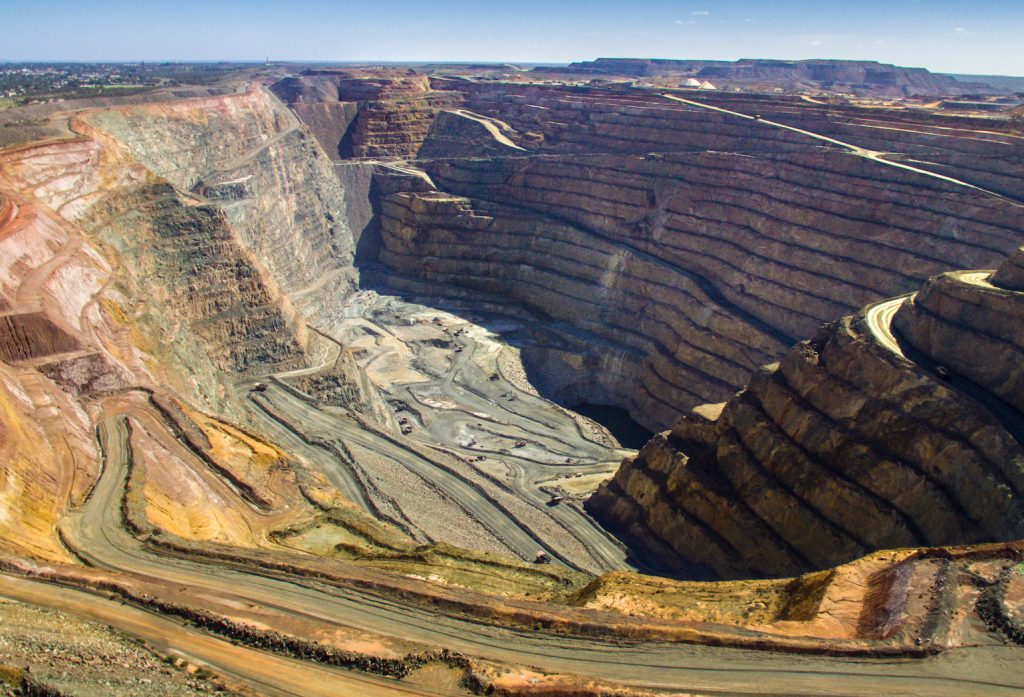With regulators imposing a complex and varied raft of requirements on operators, it’s never been more important to take a considered long-range approach to decommissioning mines.
In Australia, mine closure management remains a relatively new field, though it is estimated there are already some 60,000 abandoned mines in the country. Rehabilitation is becoming a focus. For example, the Department of Civil Engineering at Monash University is currently undertaking a mapping project to facilitate remedial strategies.
Phillip Crouse, closure expert and Stantec’s Principal of Mining, says that to mitigate the variety of problems that can arise from a mine’s end of life, planning should start during the exploration phase, not when operations are at the pointy end of winding down.
“We call it ‘progressive closure’, meaning that it is a process, not a one-time event,” he says. “At the beginning of the mine, you agree with the community and the stakeholders on the principles of closure. As the mine’s life advances, you begin providing more detail on how to achieve those principles and commitments.”
Crouse notes that there is no one-size-fits-all solution. Among a wide range of considerations, mine closure plans (MCPs) incorporate regulatory compliances, data-gap analysis, mine rehabilitation audits and monitoring, environmental assessments, conceptual landform design, and infrastructure demolition processes.
And while planning for closure from the commencement of a mine is ideal, it is never too late to start. In 2015, Stantec Australia was engaged as a closure planning partner for a gold mine in the goldfields of Western Australia which was preparing to shut down. Stantec was asked to deliver a comprehensive revision of the entire closure plan and undertake all 14 technical studies associated with the MCP. This included extensive material characterisation work and landform modelling to identify both the suitability of available material for rehabilitation of waste rock landforms, and location of any adverse material.
Shifting sands
In Australia, mine closure regulations vary between states. Having a plan from the outset gives operators a basis from which to stay up to date with regional specificities.
Kim Bennett, Stantec’s Senior Principal Mine Closure Specialist in Australia, says that an MCP needs to be regularly reviewed and refined over time to ensure that it reflects the current knowledge relevant to the development and rehabilitation status of the mine. Mining operators in Western Australia are now required to submit an up-to-date closure plan every three years, or at a time specified by the regulators.
“To ensure that adequate funds are available at the time of mine closure, and the community is not left with an unacceptable liability, the plan must include a reasonably accurate cost estimate associated with closing it,” she says. “The proponent must ensure adequate provision is available to account for these costs.”
A progressive closure plan can help spread out costs over the life of the mine rather than deferring them to the end of the mine life when revenues and resources are drying up. It also allows for the ability to adjust the plan in line with the regulatory changes that often occur during a mine life.
In addition to regulators, Bennett believes that mine owners need to be cognisant of the social licence required to operate a mine — which extends beyond harvesting of the product.
“Each mining project is different. The potential adverse effects or risks arising from them may be very different. Mines can be in sensitive natural habitats, close to communities, or in sparsely populated areas. As a result of this, the levels of engagement required with different stakeholders over the life of a mine will vary,” she says.
“Ongoing management and monitoring post-closure can sometimes be 10 years or more — especially when you’re looking at complex vegetation systems that take a long time to be established, the return of different flora and fauna, and working with communities who own and live on the land.”
Turning liabilities into opportunities
Phil Crouse says that there is a significant misconception in the industry that a mine closure is a liability.
“There’s a perception that closure does not create revenue and does not create a positive impact for the community. But that’s beginning to change — closure is an asset because closure provides opportunities,” he says.
In Colorado in the US, for example, Stantec is helping to turn a mine into a recreational centre and mountain bike park for the community. The company is also working with owners to convert sites into everything from movie sets to power generation areas.
“Both the industry and communities are beginning to see this potential and more effort has been put into repurposing land and working with communities to give something of value back to them,” he says.
Interested in learning more about effective mine closure? Join our webinar on 13 October 2022.
Stantec is the Industry Sponsor of Mine Closure 2022, which is being held in Brisbane 4-6 October, 2022.

